Featuring John Brigham
John shows you how to set up your new Nikon Z6 III mirrorless camera in the Ikelite 200DL Underwater Housing # 71071 with the NIKKOR Z DX 12-28mm f/3.5-5.6 PZ VR wide angle zoom lens.
More of a reader? Scroll to read the full transcript.
The highly anticipated Nikon Z6 Mark III is here and has some major upgrades from the Mark II and works very well when paired with one of our DL housings. So let's go ahead and walk through an assembly of what one of these systems looks.
Obviously I'm going to be shooting the Nikon Z6 Mark III. I'll be pairing that camera body with the 12-28mm PZ lens. I have some accessories pre-installed to suit my shooting needs. Those accessories include the Right Hand Quick Release Handle with Extension # 4077.02 and because I've added that handle, I'm going to have Trigger Extension # 4077.95 for both the shutter and back button. Also, I have the USB Charging & Data Transfer Bulkhead # 46007. That lets me charge the camera and offload my images without disassembling the system.
If you want to take a closer look at how to install those on your system, take a look at these videos:
- How to Install a Trigger Extension on Your Ikelite Underwater Housing
- Never take your camera out of the housing! // USB-C Charging & Data Transfer Bulkhead
But without further ado, let's go ahead and see how this thing goes together.
Installing the Camera in the Housing
First things first. On my assembly mat, I just take my housing and sit it down on its face. There are three locking levers, push up on the lock to lift the levers. That locking lever helps you so that you don't accidentally open the housing. It's very intentional to open it. So when you do that and you lift those levers off the hooks of the back, you can simply remove the back. Take it and set it aside.
Taking a closer look in the back, you'll notice that we have a few things going on. Obviously our control interface that touches the camera directly, a hotshoe, and the lead from my USB-C bulkhead.
In the camera base, we have a camera mount, we're going to remove that. On this mount there's an anti-rotation wall on the back of this mount and a 1/4-20 screw, that's going to correspond to the 1/4-20 mounting point on your camera. We'll make sure that our LCD screen is rotated so that we can see it. And we're going to align that anti-rotation wall with the back of the camera and the 1/4-20 screw with the mount on the camera.

Using a flat-headed screwdriver, I'm going to make sure it's secure to the camera body. We do want to make sure this is snug. No need to over-tighten, but any movement that occurs between the camera mount and the camera body will translate to a misalignment of controls.
I'm going to be using the Nikon Z6 Mark III along with the 12-28 PZ lens. Now, this particular camera does allow me to utilize the power zoom function of this lens, meaning that I can zoom the lens using the back button +/- magnifying glasses. That also lets me put this lens onto the camera body and then install that assembly into the housing, making it what we call a rear loading system. Now, not all Nikons do this, depending on your firmware or your camera body specifically.
Attach your Nikon PZ lens to the camera body, making sure you remove the lens cap. You can do that later, but I like to do it now because it wouldn't be the first time that you get it in the housing and the lens cap is still attached.
You'll notice that you have control interfaces and these controls touch the camera to utilize the push buttons and the dials. I like to go ahead and make sure that everything is kind of out of the way so that when I slide the camera in, there's no interference. Here, I have my hotshoe and I'm going to go ahead and install that hotshoe onto the top of the camera and then basically make sure that it's pushed all the way forward and making contact with the pins.
Again, I'm using the USB-C bulkhead because I like to offload my images and charge the camera without having to disassemble it so I'm going to open up this side panel on my camera and it's going to reveal I have a USB-C port here and that's going to correspond to my USB-C lead, I will align that, plug it in, and make sure it's fully attached.
Now that I have my hotshoe and my USB-C lead attached, I can align the camera mount with the camera base in the bottom of the housing and then just simply let that slide down into place then realign the controls and make sure everything is going to interface properly.
Before we put the back of the housing on, I'm going to take an opportunity to visually inspect this ceiling surface that it's clean and free of debris. Now, this is a compression seal for the back, so there's no lubricant required because there's no friction to overcome. While using lubricant won't hurt anything, it does have a tendency to attract debris, which of course is going to compromise our seal. So I generally do not recommend using lubricant for this seal. There is an o-ring on the back of the housing. Again, no lubrication here required because it's a compression seal. Check that it's clean and free of debris then realign the back to the front.
Lift each of the lid snaps over the hooks of the back and then simultaneously push down on the right and left lid snaps until you hear them lock into place, then do the same thing for the top. Now take your time and make sure that each one is locked.
Installing the Dome Port
The 12-28mm PZ lens does not require any DL extension, so all we need is the DL 8 inch Dome Port # 75340.
To attach this, place your housing face up and apply a small amount of Ikelite lubricant to the port base o-ring. While I'm applying the lubricant I'm also doing a visual inspection and feeling for anything that would compromise the seal, oftentimes you'll feel something before you can see it.
When we look at the dome port, we have two larger shade sections. One of those shade sections is going to correspond to one of the three thumb screws, that will correspond to the top of our housing.
Make sure that all three of the thumb screws are backed out so that they're not protruding to the inside diameter and check the sealing surface here. Again applying a little bit of lubricant and also checking for anything that might affect the seal.

Align the thumb screw that corresponds to the top shade to the top of our housing with the top pocket on the port base of the housing then securely push down all the way until it's flush. Tighten up the three thumb screws.
You shouldn't feel any resistance and you don't need to use a tool here. Those three thumb screws are going to go into that pocket and act as a retention mechanism, the seal occurred when the two pieces were actually pushed together.
And that's it! No extensions required.
Creating a Vacuum
I'm going to do one more thing and that's use the optional vacuum pump to create a vacuum inside this housing. This is going to do two things: one, make sure that I didn't forget an o-ring or that an o-ring isn't compromised and two, it provides a mechanical reinforcement to all the closing mechanisms.
On the bottom left hand side of the housing there is a vacuum valve and there is a push button. If you push the push button it will release the cap and the cap will come out. When the cap is out you can insert the barb tip of the vacuum pump, you'll hear it click into place. Now you can pump the hand pump. Pump it to 10mmHg on the gauge.
The number that you choose is not as critical as the fact that the needle on the gauge isn't moving. If the needle on the gauge is dropping that means that you have a differential in pressure and you're losing air, that of course means that it will leak.
What I like to do is pump it to 10mmHg and I kind of give it a look for just a few seconds to make sure that the needle is not dropping. Once it's holding steady at 10mmHg I will remove the pump by pushing the button and removing the barb and I always make sure to put the cap back in. If you were to go diving without the cap in water will come in through the valve.
The reason that I don't leave the hand pump attached is if this hand pump was compromised, let's say there was a hair crack in it, I will lose that vacuum through the pump. Diagnostically speaking then I won't know whether or not the housing had a leak or the pump had a leak.
Leave this for as long as you can. Ideally I've done this the night before and this is sitting out and ready to be tested before I go out in the morning. But if you don't have that kind of time give yourself 15-20 minutes and then recheck the pressure.
To recheck the pressure, remove the cap from the valve and reinsert the tube. The gauge should jump right back to where we left off (in this case, 10mmHg) if everything held. Again remove the pump and replace the cap.

You do want to go diving with your housing under a vacuum, it's going to provide mechanical reinforcement to all the closing mechanisms and provide you peace of mind while diving.
Let's say you got done diving. Everything went well. Now you're ready to disassemble your housing. Be aware of two things. If you're using a USB-C bulkhead like I am I'm going to remove this bulkhead cap so I can transfer my images off the camera and charge it. Because that utilizes a circuit board inside that's not going to be airtight. Therefore if I do that I will have to re-vacuum the housing after I do my data transfer. Or, if I want to disassemble the housing I will have to release the vacuum.
Keep in mind that if the housing is under a vacuum I won't be able to take the port off and I won't be able to take the back off. You'll need to release the vacuum. You can do that one of two ways. Reinsert the barb into the valve and push the release button on the vacuum pump itself and that will release the vacuum. Or if you find yourself in a scenario where you don't have access to the hand pump you can simply release the cap, down in the valve there is a button that you can press using a pen or a pencil and that will release the vacuum.
If you have any questions about this assembly process or anything else underwater photography related, our inbox is always open: ikelite@ikelite.com
Additional Reading
Top 3 Best Lenses for Nikon Full Frame Mirrorless Underwater [VIDEO]
Checking for Housing Leaks Using a Vacuum Pump and Valve
DO'S and DON'Ts of 200DL and 50DL Underwater Housing Set-up [VIDEO]
Using a Trim Weight System for Balance and Stability Underwater
BURST shooting // Using Drive Mode to your advantage underwater [VIDEO]
Instagram Tips for Underwater Photographers [VIDEO]
 John Brigham is the Vice President & head of product development at Ikelite. He was born with a flair for design and an entrepreneurial spirit as son of Ikelite founder Ike Brigham. He worked his way up in the business and is a natural fit in the R&D side of things. John dives the equipment as much as possible to test product and put himself in the "fins" of the user. You may also find him on the other end of an email or phone call when you reach out for product advice and support. When he's not underwater he's flying drones, setting off rockets, training his German Shepherd "T2", and spending time with his family.
John Brigham is the Vice President & head of product development at Ikelite. He was born with a flair for design and an entrepreneurial spirit as son of Ikelite founder Ike Brigham. He worked his way up in the business and is a natural fit in the R&D side of things. John dives the equipment as much as possible to test product and put himself in the "fins" of the user. You may also find him on the other end of an email or phone call when you reach out for product advice and support. When he's not underwater he's flying drones, setting off rockets, training his German Shepherd "T2", and spending time with his family.


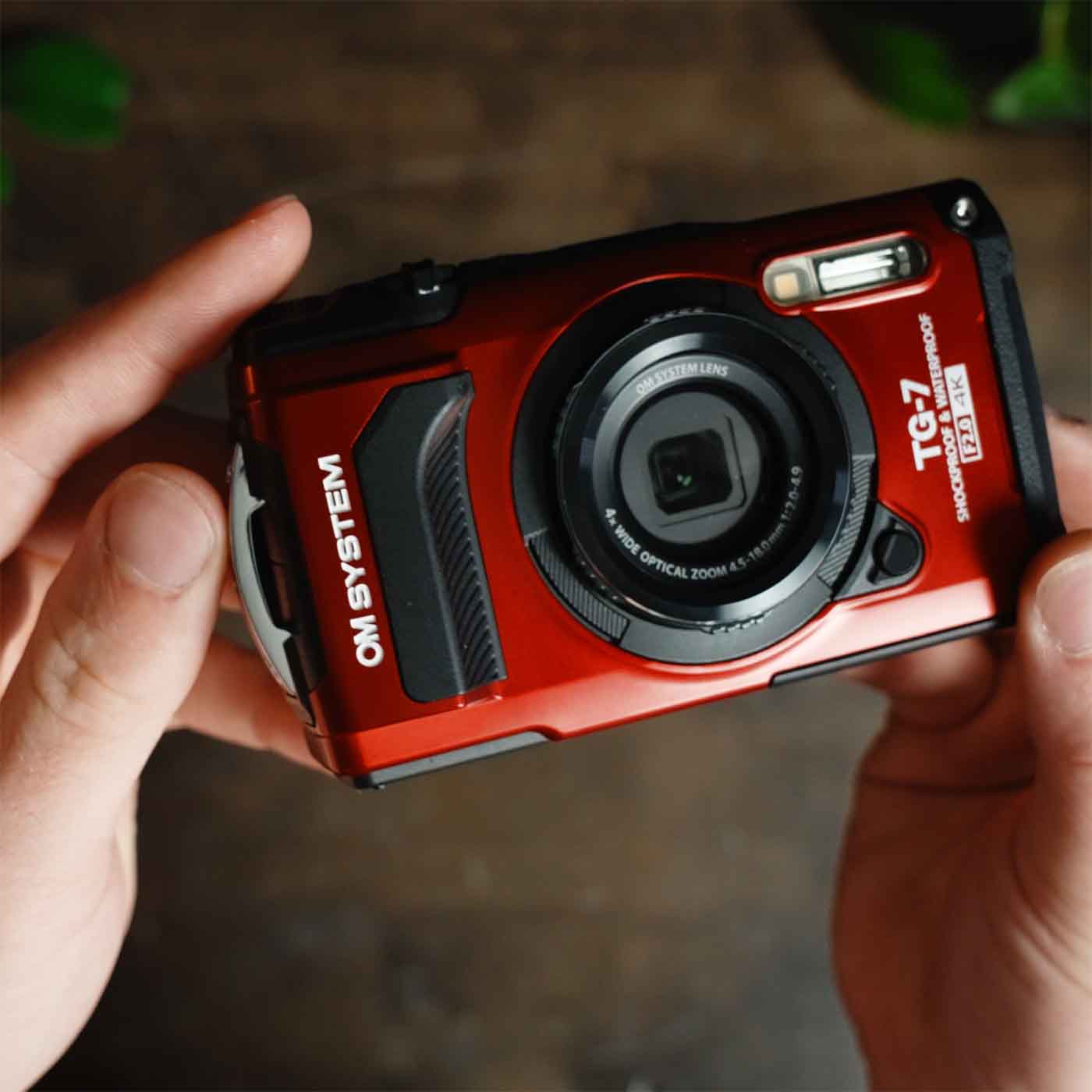
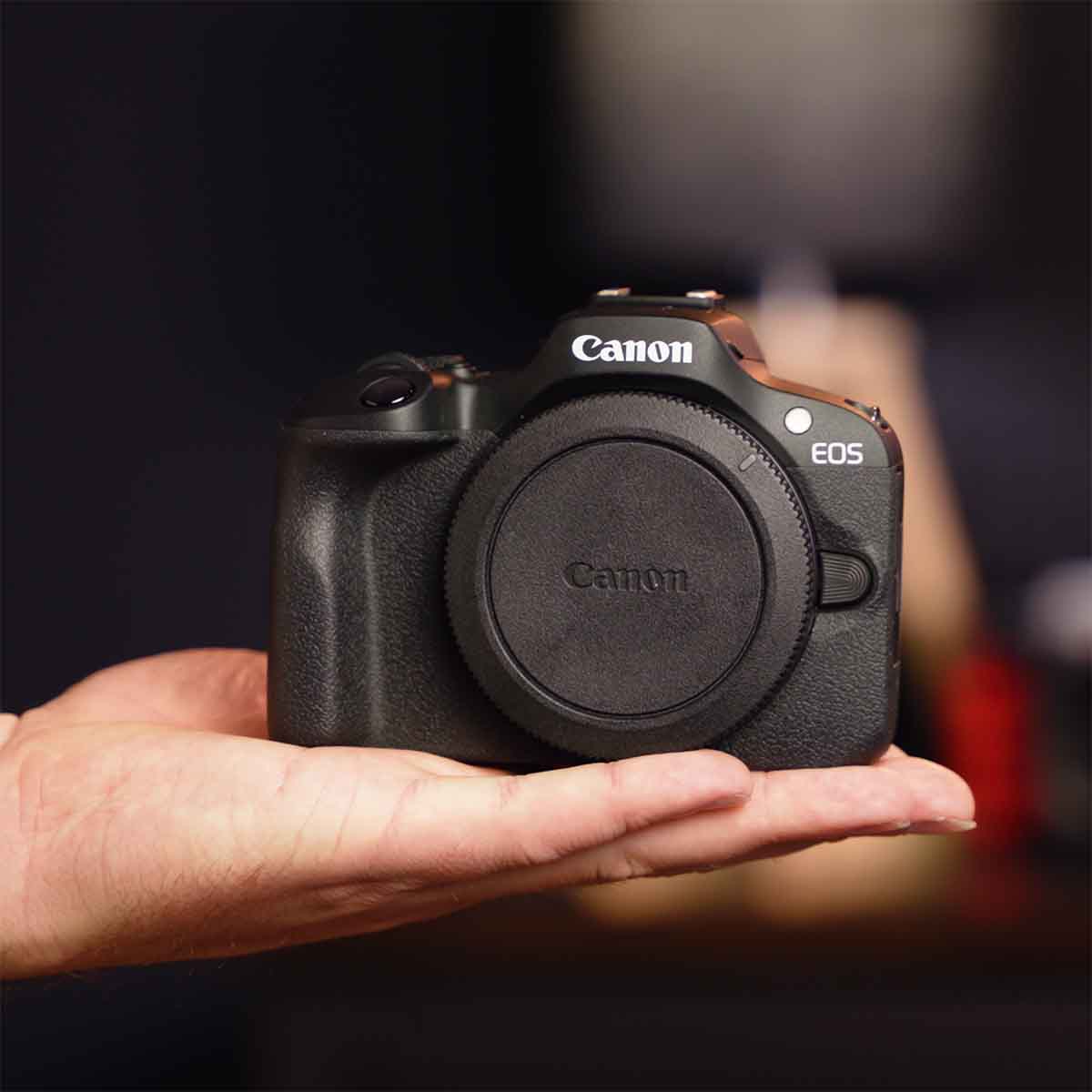
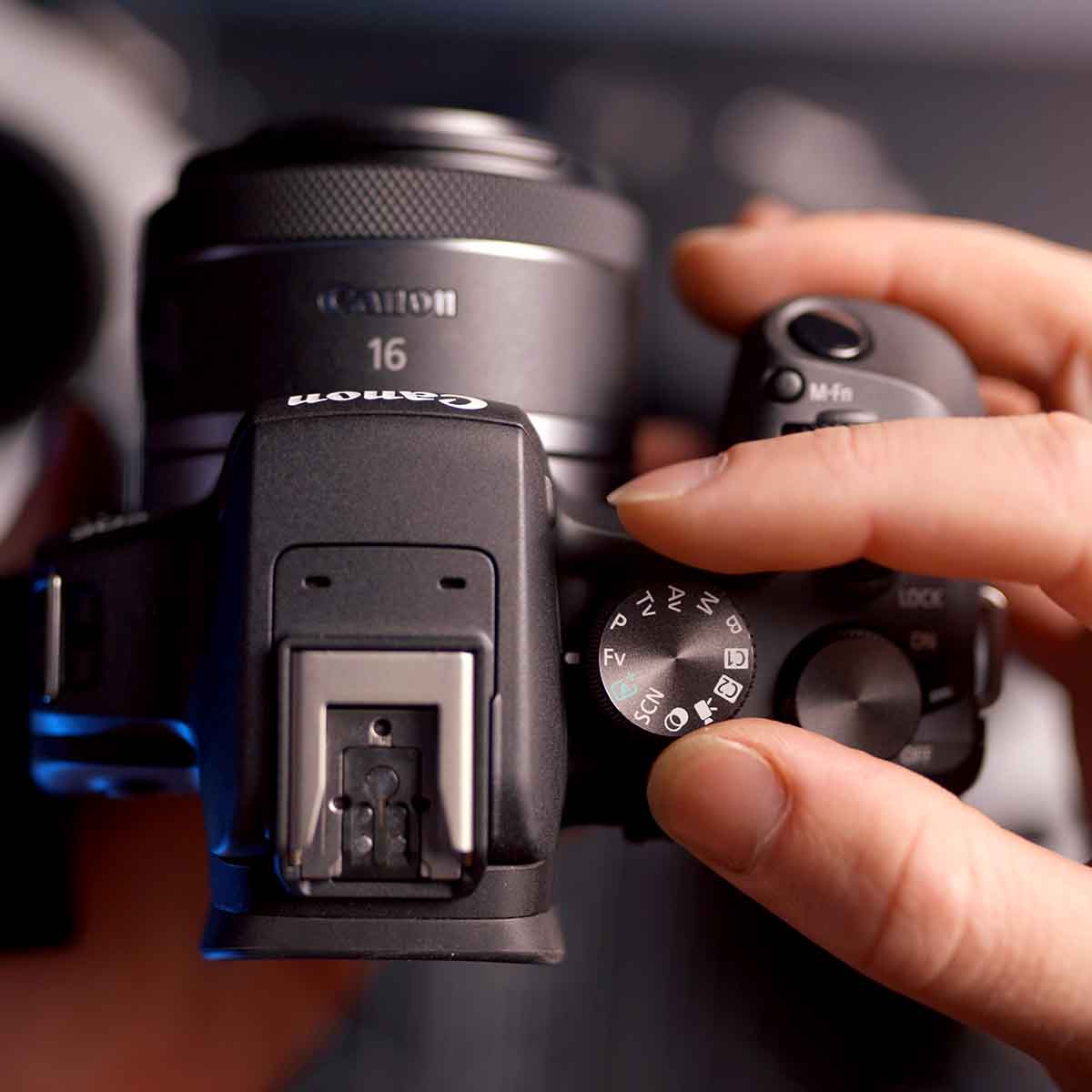
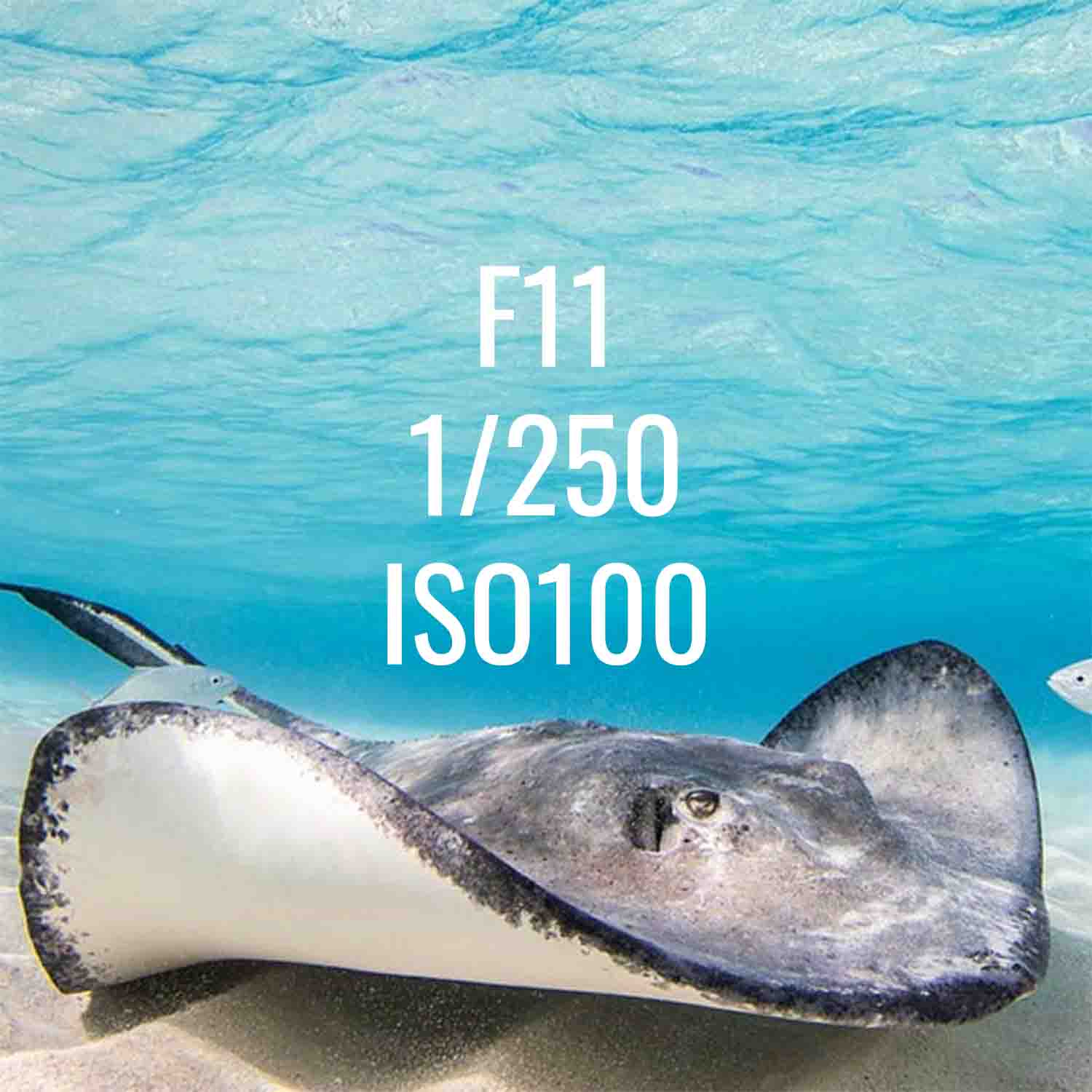

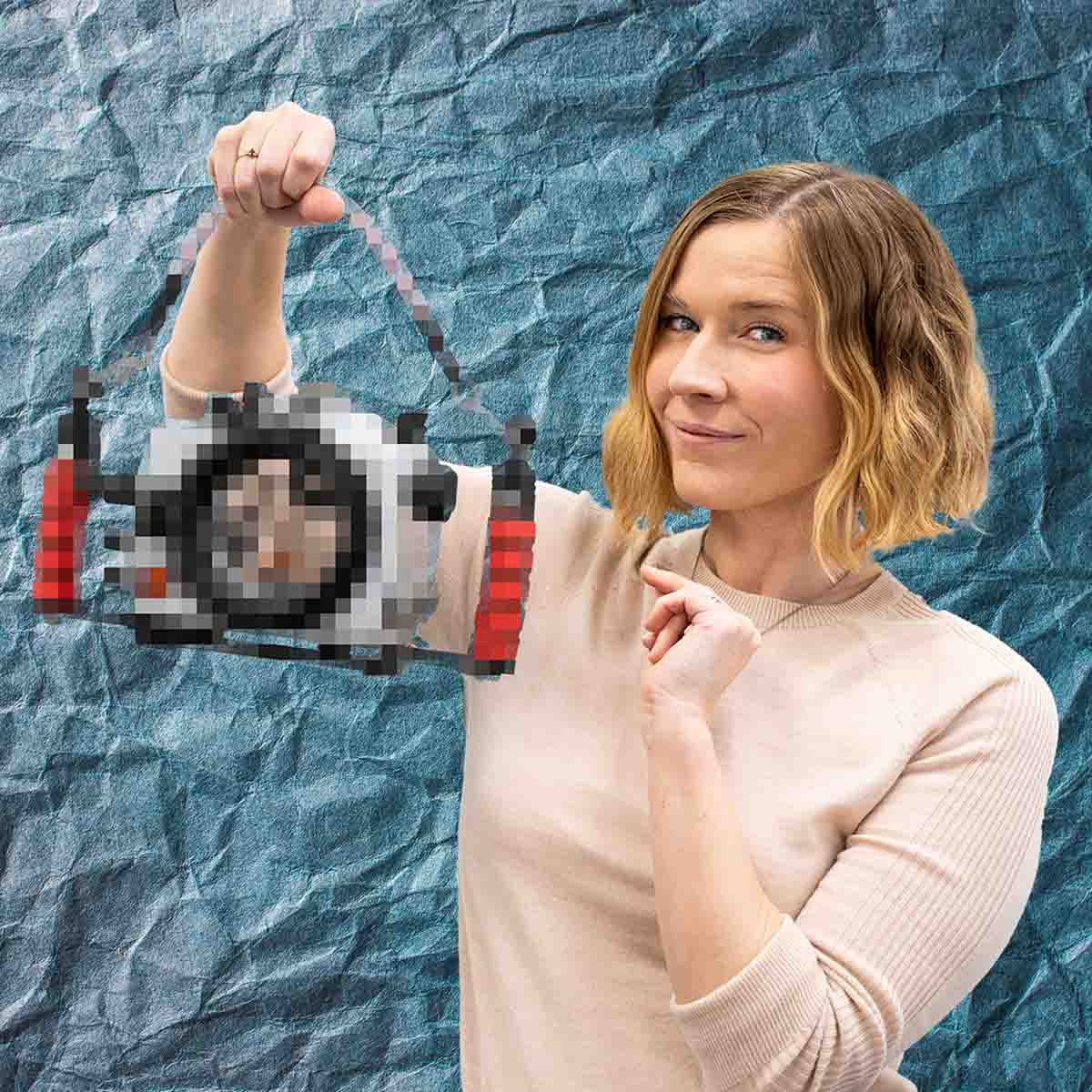
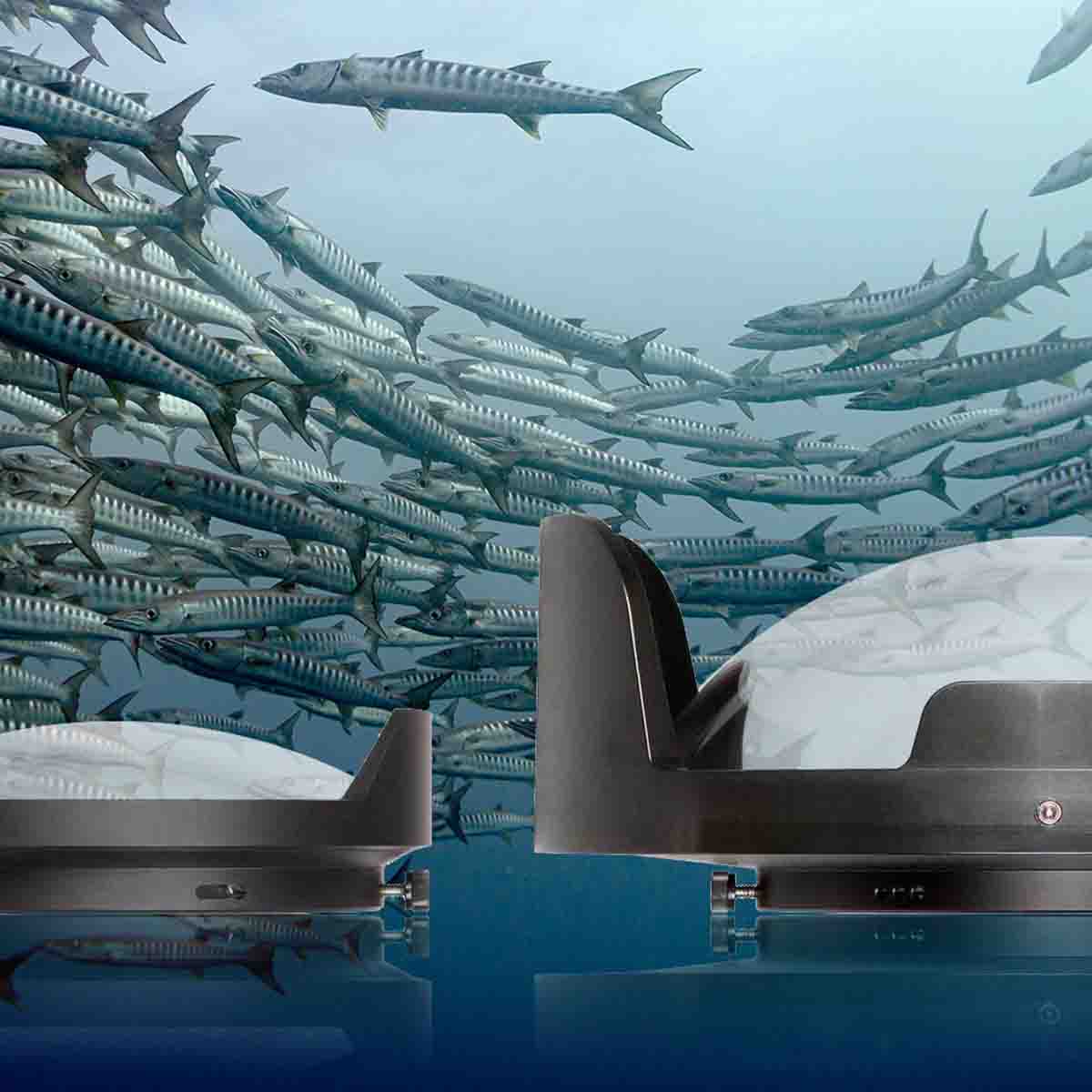
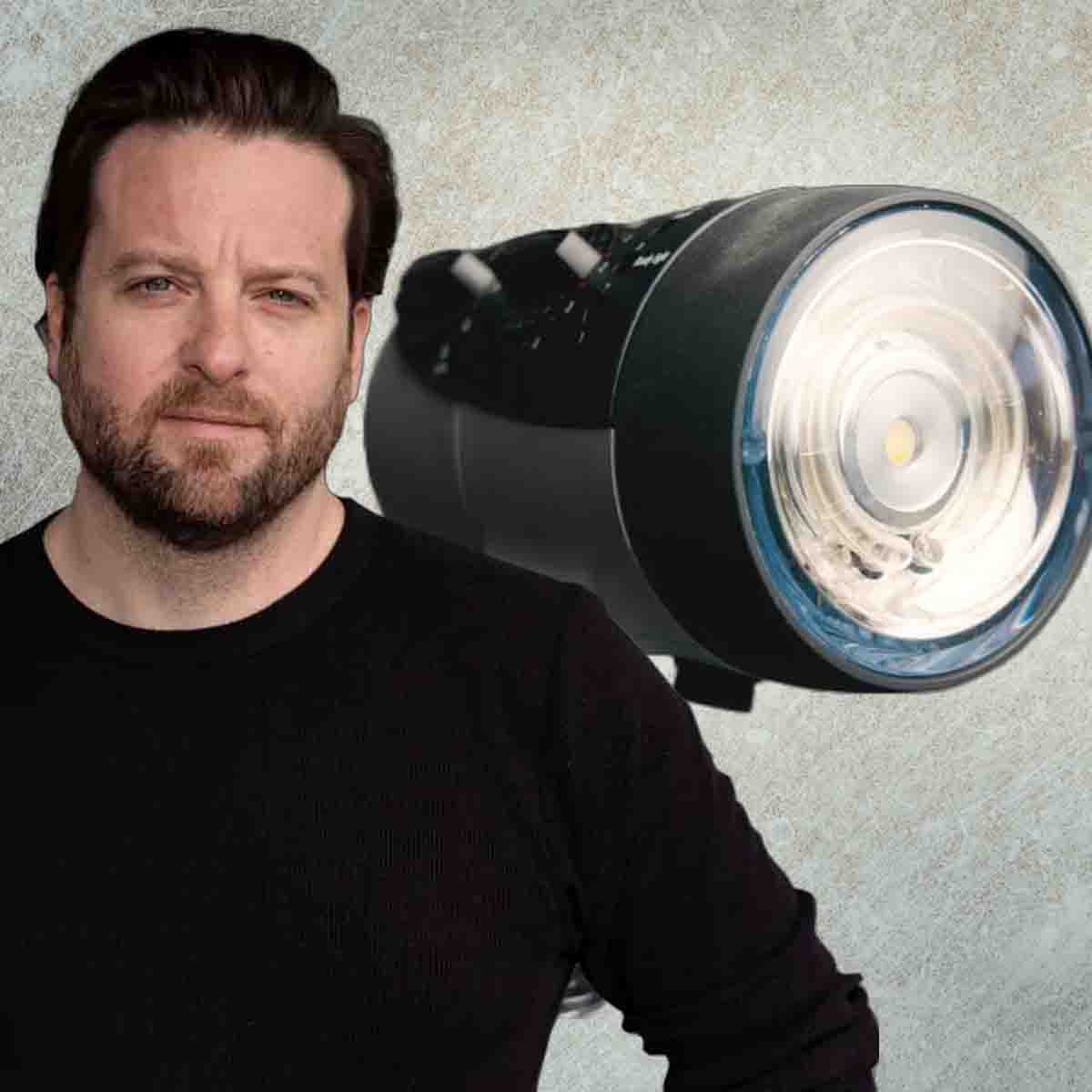
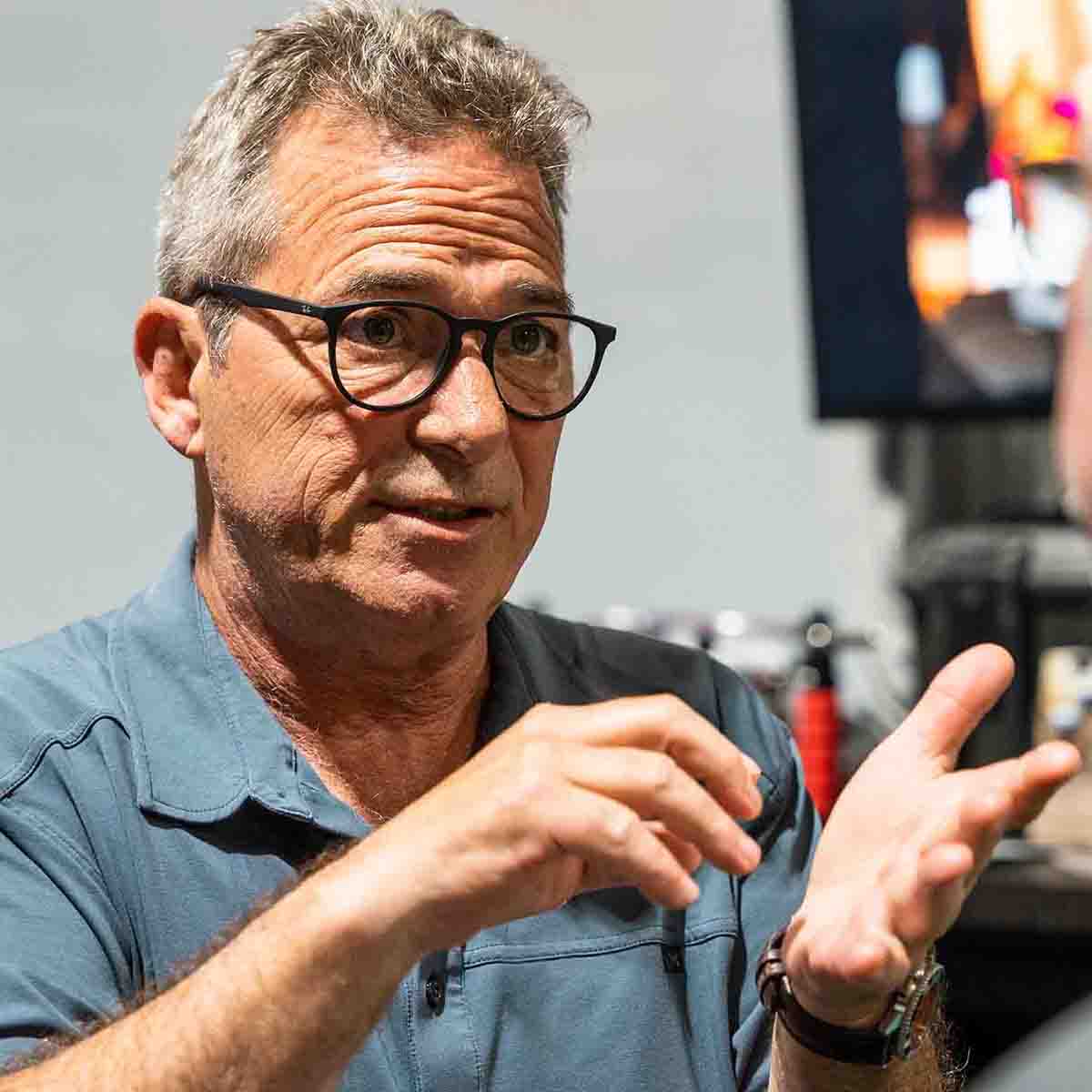
![Nikon Z6 III Setting it Up // 200DL Underwater Housing Assembly [VIDEO]](http://www.ikelite.com/cdn/shop/articles/Nikon_Z6_III_Assembly_copy.jpg?v=1760722195&width=1500)
![Laowa 10mm Setting It Up // DLM Underwater Housing Assembly [VIDEO]](http://www.ikelite.com/cdn/shop/articles/Laowa_10mm_DLM_Assembly_copy.jpg?v=1738781494&width=2000)
![Nikon Custom Settings for Underwater Photography // 200DL Housing [VIDEO]](http://www.ikelite.com/cdn/shop/articles/Nikon_Z6_III_Custom_Settings_for_Underwater_f90db061-6537-4358-8e37-ab7f21825a1f.jpg?v=1760722187&width=2000)